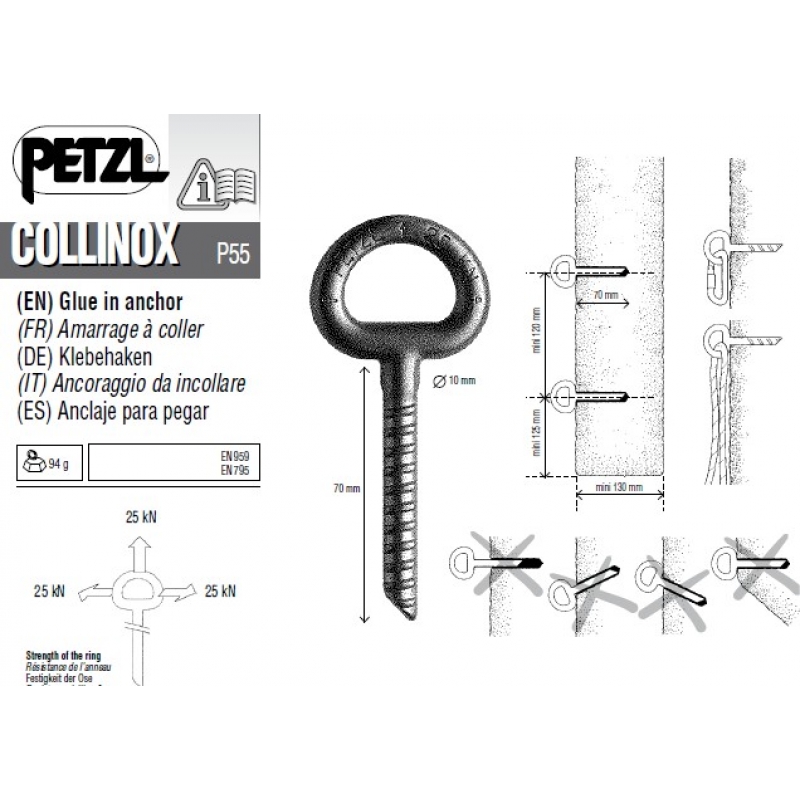Brains
Well-known member
https://www.facebook.com/zaadventure/posts/464185190440263
From somehwere foreign :-[ but you get the idea - check fixed aids before use!
From somehwere foreign :-[ but you get the idea - check fixed aids before use!






